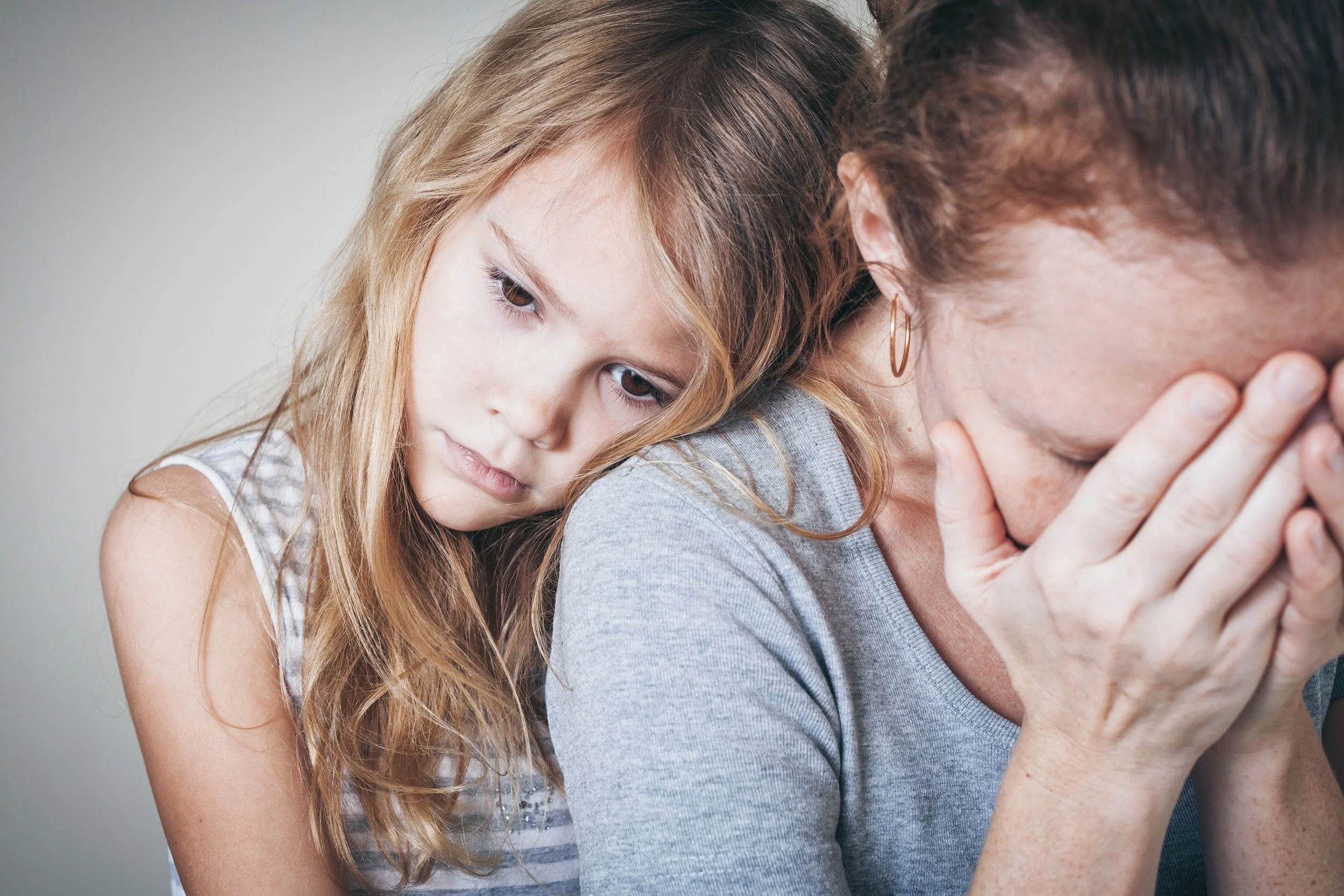Autonomy-Supportive Parenting: What is it, where did it come from, does it matter and how to develop it
/Autonomy-supportive parenting (ASP) is a style of caregiving that emphasizes the nurturing of a child or young person’s ability to make their own choices, be self-reliant, and develop their own values and interests which guide their behaviours.
The first reference to ‘psychological autonomy’ with regards to parenting came from a series of studies in the 60’s conducted by Earl Schaefer and colleagues. This group of researchers identified a group of negative, controlling parenting behaviours - such as inducing guilt, shaming and providing love only when children acted in certain ways – and created a scale to measure the extent of these behaviours in parents. They labelled one end of this scale as “psychological control” and the other end as “psychological autonomy”. It should be noted these authors didn’t actually define psychological autonomy nor even identify specific psychologically autonomy supportive behaviours but this initial thinking on this topic served as an introduction to the idea of autonomy support…
Read More












